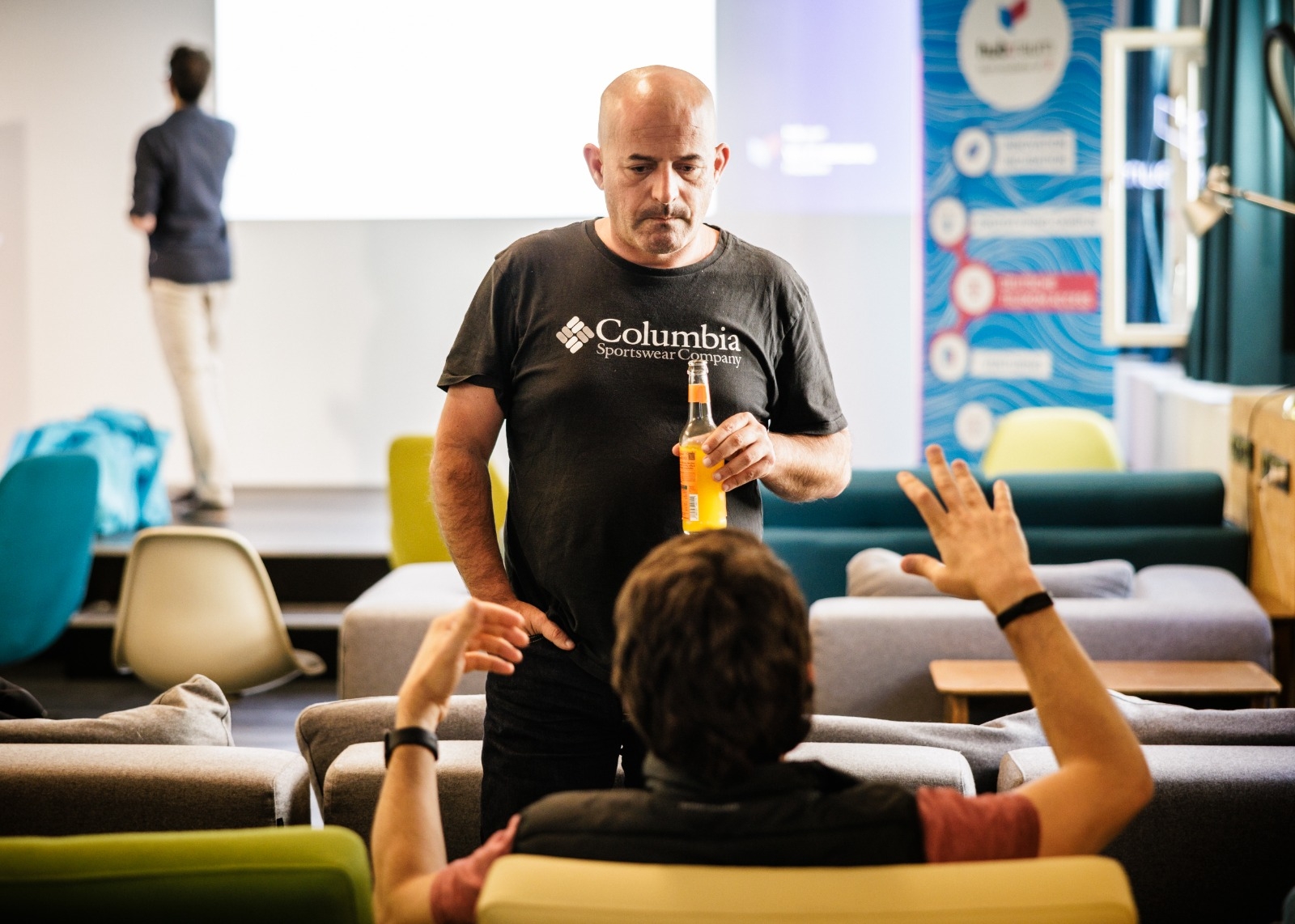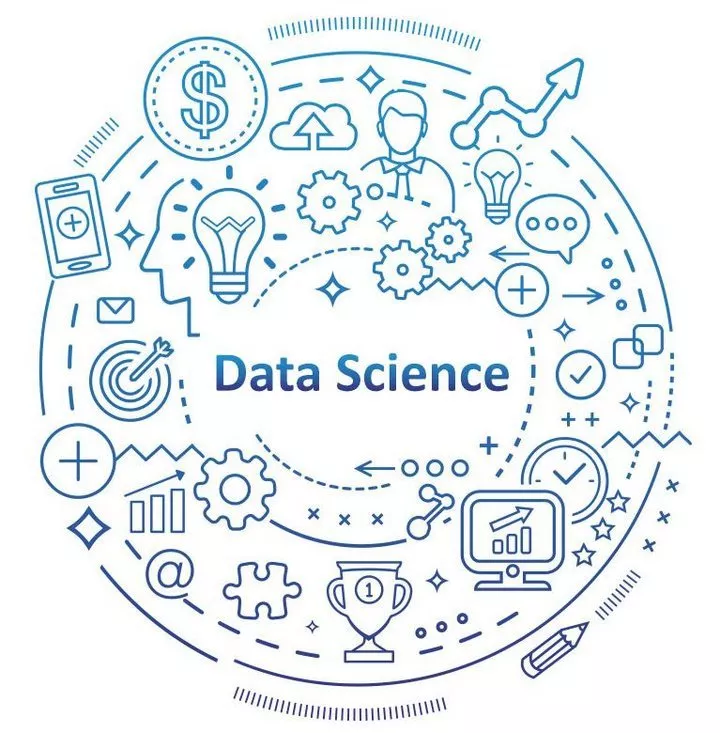The Vulnerability of Large Language Models to the Closure of Open-Source Data Platforms
An in-depth exploration of how the closure of open-source data platforms threatens the growth of Large Language Models and the vital role humans play in this ecosystem.





